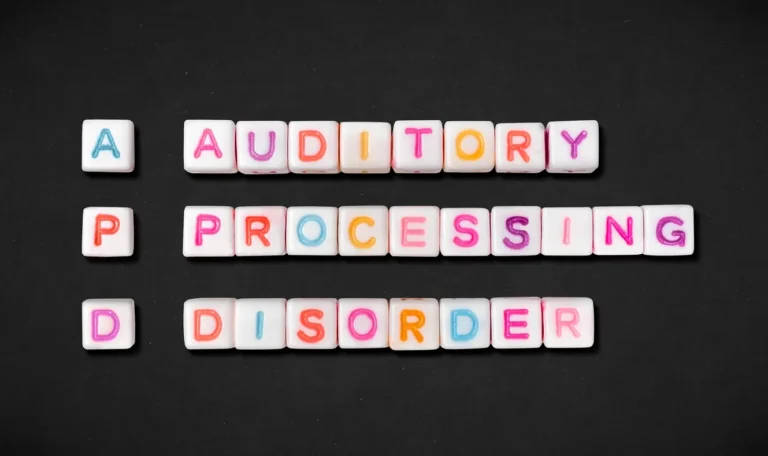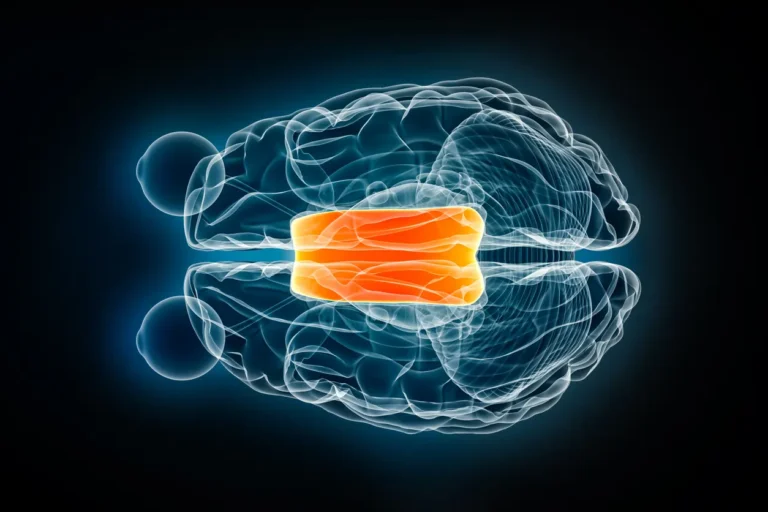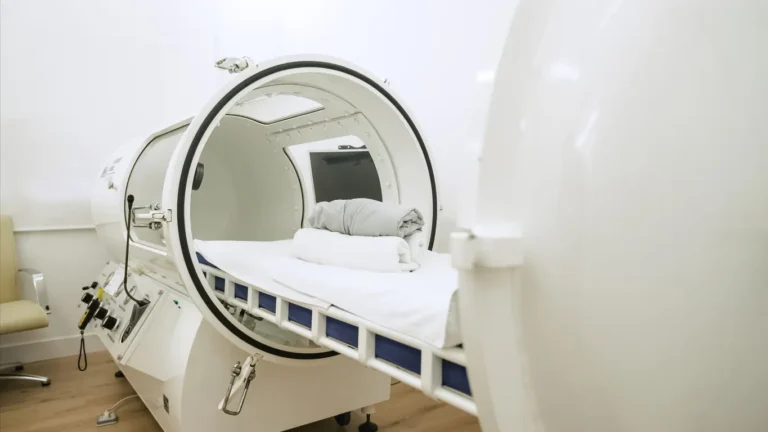Story At-A-Glance ADD is outdated terminology – Medical professionals now use ADHD (Attention-Deficit/Hyperactivity Disorder) for all attention-related challenges, with three different presentations rather than separate conditions. Three types exist – ADHD comes in predominantly inattentive (the old "ADD"), predominantly hyperactive-impulsive, and combined types, each with distinct …
[Read more...] about ADHD vs. ADD: Understanding the Differences and What They Mean for Your Child





